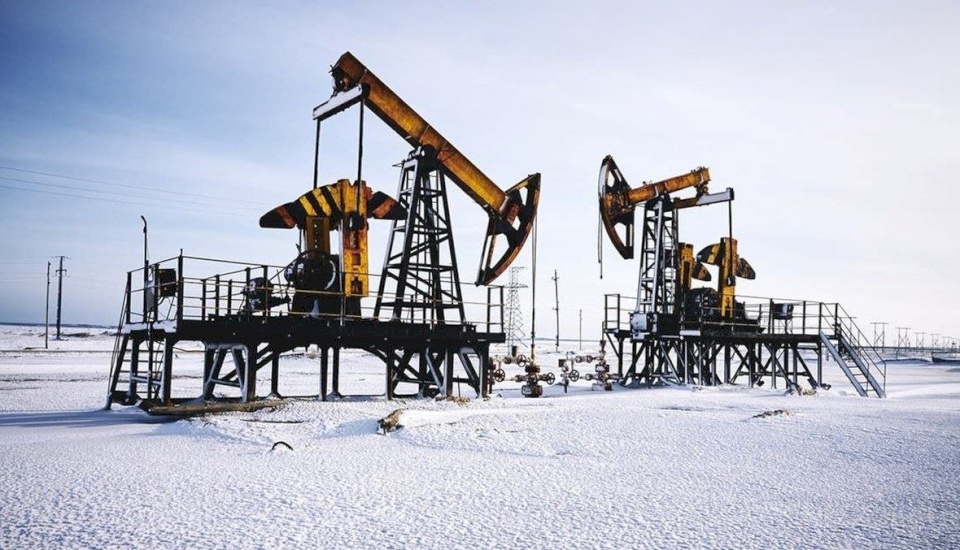
Oil Prices Decline After Market Assessment of Trump's Policies
SadaNews - Oil prices fell for the second consecutive session, as U.S. President Donald Trump’s recent plan to pressure Russia refrained from imposing immediate measures that would hinder Moscow's energy exports.
Brent crude traded below $69 a barrel after losing about 1.6% on Monday, while West Texas Intermediate crude approached the $67 mark.
Trump announced an increase in military support for Ukraine in the face of the Russian attack and threatened to impose a 100% tariff if hostilities did not cease with an agreement within 50 days.
According to U.S. Ambassador to NATO Matt Whitaker, this step effectively represents secondary sanctions against countries buying oil from Russia, referring to both India and China.
India emerged as one of the top buyers of Russian oil after energy flows were redirected following the Russian war on Ukraine in 2022, while China continued to serve as a diplomatic and economic lifeline for Russia, with its refineries continuing to import Russian crude.
Multiple Pressures Facing the Market
The price of Brent crude has fallen about 8% since the beginning of the year, affected by the ramifications of the trade war initiated by Trump, in addition to "OPEC+" decisions to ease supply restrictions.
These combined factors raise concerns that production could exceed consumption in the second half of the year, potentially leading to a supply surplus, although current market indicators, including the spot spread for Brent contracts, show short-term support.
Warren Patterson, head of commodities strategy at ING Group, said, "The absence of any immediate action against Russia and the belief that threats of secondary tariffs will not be implemented explain the market reaction."
He added, "But for now, the fundamentals continue to support prices in the near term. We expect a significant market downturn to start in the fourth quarter when downward pressures on prices begin to rise."
China Under Surveillance
On the other hand, Goldman Sachs raised its diesel price forecast and also lifted its Brent crude price forecast for the second half of the year by $5 to $66 a barrel, citing an unexpected drop in the stockpiles of OECD member countries, particularly in the United States. However, it kept its 2026 forecast at $56.
Analysts, including Dan Struyven, wrote in a note: "We still believe that oil prices are poised for a significant decline by 2026."
In Asia, traders assessed the relatively strong performance of crude oil processors in China, the world's largest oil importer. Oil refining output rose to more than 15.2 million barrels per day in June, the strongest rate since September 2023, according to Bloomberg calculations based on government data. The apparent demand index also improved.
Source: Bloomberg

The Palestinian Economy at a Crossroads: 4 Files Awaiting Resolution

4,468 devices and 380 Israeli SIM cards... The outcome of the regulatory rounds on the tel...

Exchange Rates of Currencies Against the Shekel (December 6)

Currency Exchange Rates Against the Shekel (December 5)

Hebrew Channel: Netanyahu Asked the Governor of the Bank of Israel to Lower Interest Rates...

Decline in the Industrial Production Index in Palestine during October

Currency Exchange Rates Against the Shekel on Thursday (December 4)
